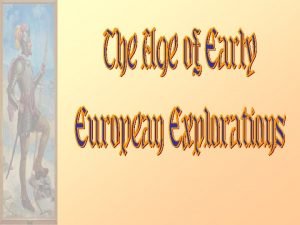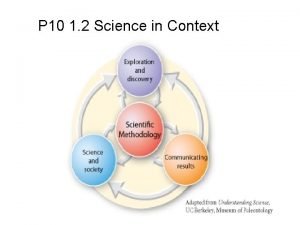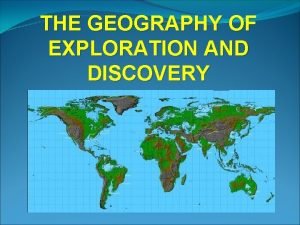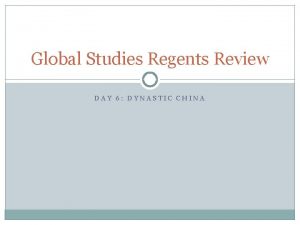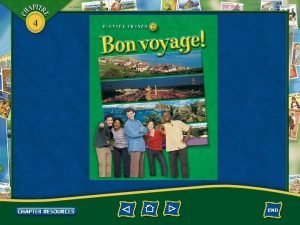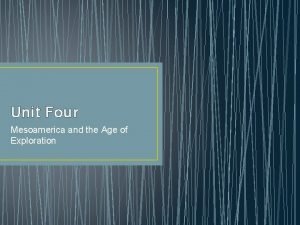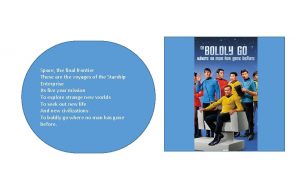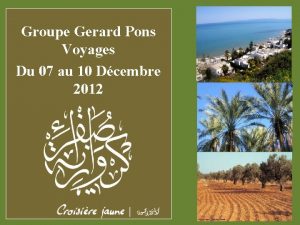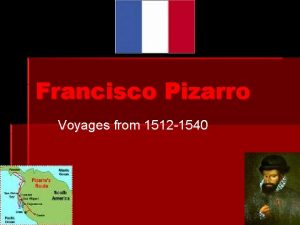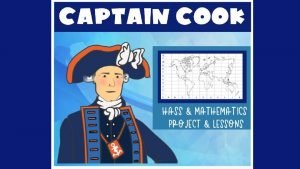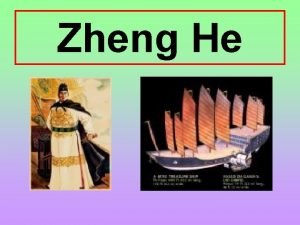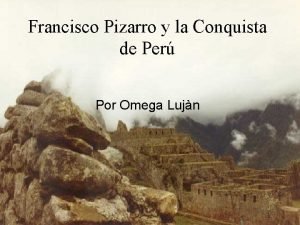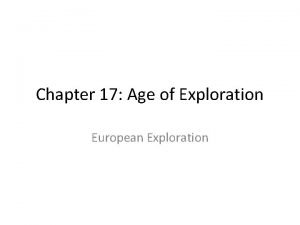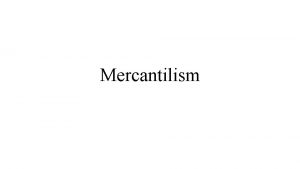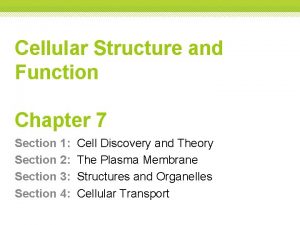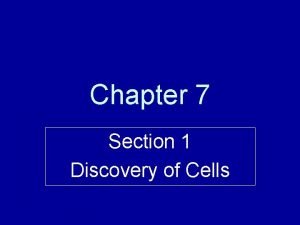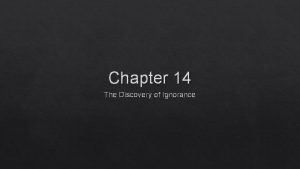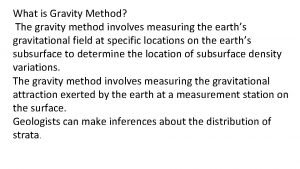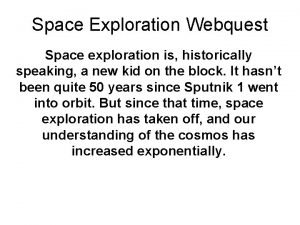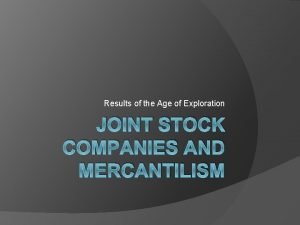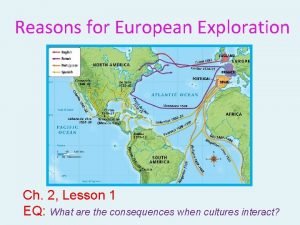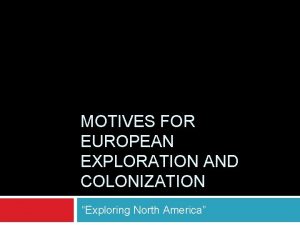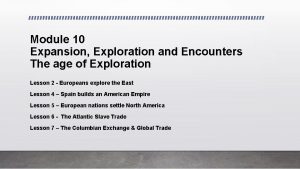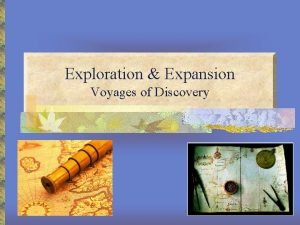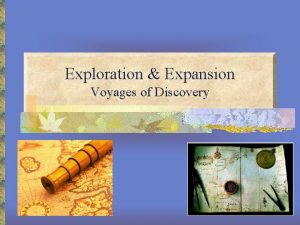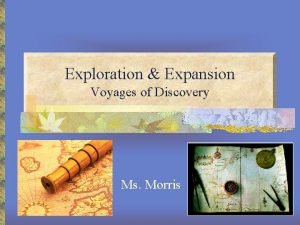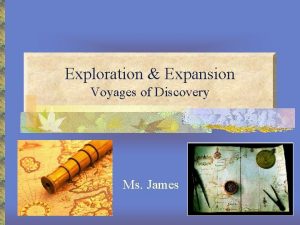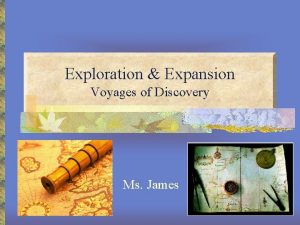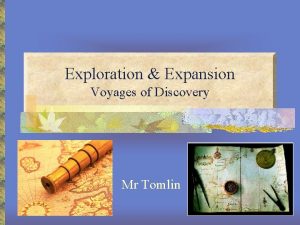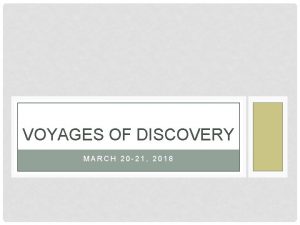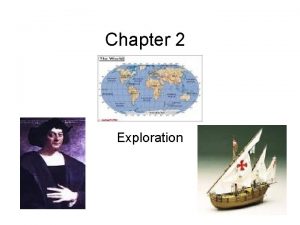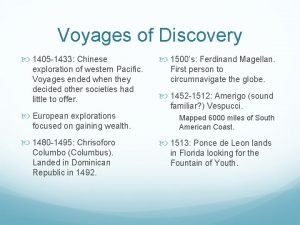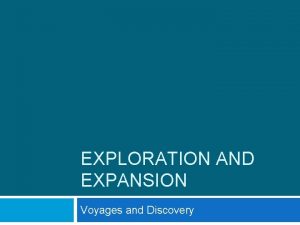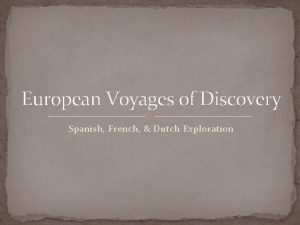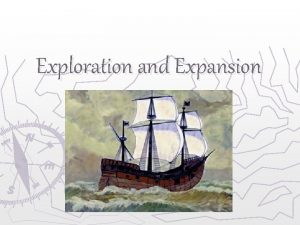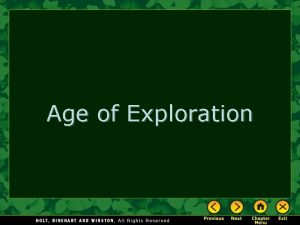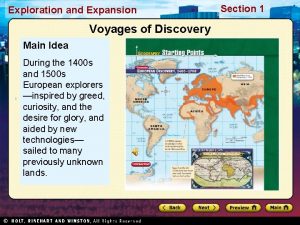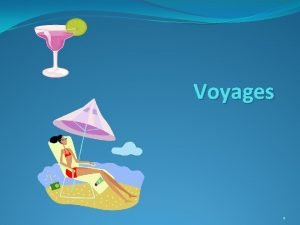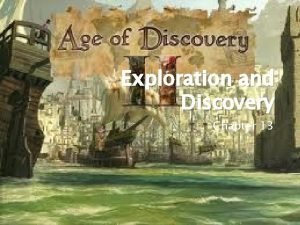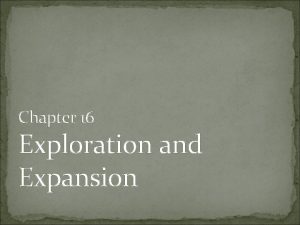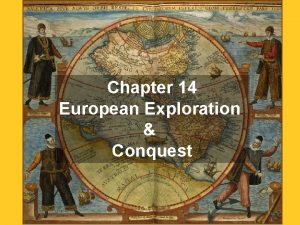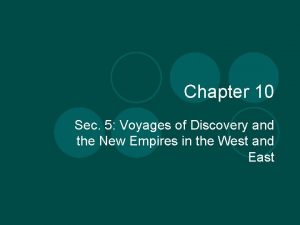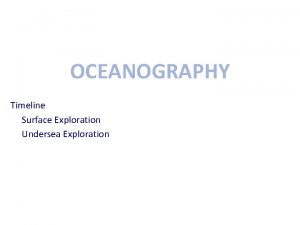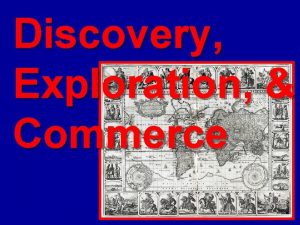Chapter 2 Exploration 2 1 Voyages of Discovery





























- Slides: 29

Chapter 2 Exploration

2. 1 Voyages of Discovery (1400 s &1500 s) • After the Renaissance a spirit of discovery was awakened in Europe. • The Age of Exploration was mostly driven for the search of wealth. • Explorers traveled to spread their religious faith. • Most wanted to find a route by sea to India (silks, furs, perfumes) TRADING!!!!

Technology • Cartographers-map makers • Astrolabe-calculate position according to the sun and stars. • Ship design was deep draft ships that rode lower in the water; could withstand harsh waves. • Caravel-a light fast sailing ship

The Portuguese • Prince Henry the Navigator – Wanted water route around Africa to India. – Founded 1 st navigation school • Bartholomew Dias – Rounded tip of Africa (Cape of Good Hope) in 1488 • Vasco da Gamma – Reached Calicut, India in 1497 after 10 months of travel • Pedro Cabral – Claimed Brazil in 1500

The Spanish • Columbus (1492) – Left on Aug 3 rd. Found land Oct 12 • Nina, Pinta, Santa Maria – Hispaniola, present day Haiti/Dominican Republic • Amerigo Vespucci (1502) – sailed along the coast of South America and concluded that it was not Asia but a new land. Later map makers called this land America after Vespucci.


Ferdinand Magellan • Sept 1519, 5 ships and 250 men • He reached the Philippines, where he was killed in a fight against the native people. • His men continued, Sept of 1522, 18 original crew members arrived back in Spain. • Named the Pacific Ocean (peaceful) • Credited with being the first to Circumnavigatesail completely around the world.

The French & The Dutch The French Jacques Cartier • Left France in 1534 sailed passed the island of Newfoundland into the St. Lawrence River. • Claimed all land for as New France. The Dutch Henry Hudson • In 1609 set out to find a Northwest Passage around Asia. (unsuccessful) • Instead went to America. • Explored the river now known as the Hudson River and Hudson Bay near New York.

2. 2 Conquest and Colonies • Spain builds an empire • Encomienda systemeach colonists received land Native American workers whom he was required to teach Christianity. – Native Americans suffered abuse, overwork and diseases (smallpox, tuberculosis, measles) • Hernan Cortes- led expedition to Mexico – 1519 reach Tenochtitlan, Aztec capital and killed Montezuma II, emperor • Viceroys- officials who ruled large areas of Spain’s American colonies in the king’s name. • Bartholomew’ de las Cases- priest against mistreatment of natives, suggested using African slaves.


Treaty of Tordesillas (1493) • Treaty divided up the Atlantic Ocean. – West-belonged to Spain – East-belonged to Portugal • Portuguese set up farms like the Spanish in 1530 s, used Natives then Africans.

French in the Americas • New France, or Canada founded by Jacques Cartier • Traded goods: fish and furs. • Made friends with Natives. • Samuel de Champlain founded Quebec, 1608 • Rene-Robert la Salle canoed Mississippi River, to bottom founded Louisiana, after French King Louis XIV.

Dutch in the Americas • New Netherland, in the Hudson River Valley. • 1626 Dutch bought island of Manhattan from Natives, founded New Amsterdam. • Now New York City. • Dutch focused more on colonies in the Caribbean and South Asia.


English vs. French • English in Americas – 1 st colony Jamestown, VA in 1607 – 1620, (Mayflower) Pilgrims colony Plymouth, Mass • English angered French by trying to settle in French territory. • English called it the French and Indian War in 1754. • France lost, surrendered Canada and all land east of Mississippi • England’s king tried to make colonist pay for war costs-helping to spark the American Revolution

2. 3 Patterns of Trade • Colonists and Native interactions led to cultural changes. • Over time contact would led to widespread exchange of plants, animals and diseases. • This is known as the Columbian exchange named after Christopher Columbus.

• Columbia Exchange – Plants, Animals, Ideas • From America – Corn, potato, tomatoes, pumpkin, peppers • From Europe – Wheat, grapes, horses, cattle, pigs, chickens • Effects? – Population explosion by 1700 s – Foods available everywhere

Mercantilism & Colonies • Wealth measured in gold & sliver • Mercantilism- country must sell (export) more than it buys (imports). • Colonies provide raw materials and goods for mother country. • Colonies could not sell to other countries.

Marks up price, sells back finished good to colony Mother country makes finished good from raw materials Mother Country Settles new lands Colony Good for raw materials Ship raw materials back to mother country

Impact on Society • Colonization also had an impact on European societies. • Towns and cities grew as business activity increased. • Trading increased. • A new class of wealthy merchants emerged who gained more power in their towns.

The Rise of Capitalism • Subsidies-are grants of money that the govt provides to help businesses people start new industries. • Capitalism-investment of money to make a profit by entrepreneurs • Anyone who sells something to make a profit

ing d a r T e! m a G Joint Stock Companies • Joint-Stock Company- investors bought shares of stock in the company. – If the company makes a profit each shareholder would receive a portion of the money. • If the company failed the investor would only lose the amount of money they put into the company. • British East India Company 1600 1 st joint stock company.

2. 4 The Atlantic Slave Trade • The need for more workers in America on plantations led to an increase in slavery. • People were using Native Americans but many European diseases killed them off. • Then people used indentured servantspeople who worked for a certain period of time. • Once they paid off their debt by working they were free.

Getting Slaves • • Slaves = Labor for the colonies of European countries around the world. African rulers and traders seize other tribes of people and sold them to the Europeans in exchange for firearms, and other goods. One day you walk to the ocean to get water, and you never come back. First episodes of Roots, historical film documenting African Americans.

– Africans brought to the Americas to be sold as slaves. – Americans with the use of slaves, produce sugar, tobacco, and rice to Europe. – Ships carrying European good to Africa in exchange for slaves Triangular Trade


The Middle Passage • Terrifying ordeal for Africans, chained together, and forced into dark cramped areas of the bottom of the ship. • Took about 6 weeks to travel from the coast of Africa to the Caribbean and then onto the Americas. • Many Africans died on the voyages through the middle passage.


Effects of Slavery • Atlantic Slave Trade continued for 400 years • 15 -20 million Africans were shipped to the Americans alone. • The Africans knowledge of agriculture did contribute to the growth of the rice industry in the English southern colonies. • African Diaspora-lost of culture from Africa to other parts of the world.
 Early voyages of exploration
Early voyages of exploration Exploration and discovery where ideas come from
Exploration and discovery where ideas come from Exploration and discovery
Exploration and discovery Grand corps malade
Grand corps malade Which statement describes zheng he’s travels?
Which statement describes zheng he’s travels? Des voyages interessants answers
Des voyages interessants answers Should we celebrate the voyages of zheng he essay
Should we celebrate the voyages of zheng he essay Space the final frontier these are the voyages
Space the final frontier these are the voyages Gerard pons voyages
Gerard pons voyages Francisco pizarro maps
Francisco pizarro maps Thomas cook voyages 9 rue du puits mauger 35000 rennes
Thomas cook voyages 9 rue du puits mauger 35000 rennes Zheng he timeline
Zheng he timeline Pizarro voyages
Pizarro voyages Triangular trade
Triangular trade Chapter 19 an age of exploration and isolation
Chapter 19 an age of exploration and isolation Chapter 7 section 1 cell discovery and theory
Chapter 7 section 1 cell discovery and theory Chapter 7 section 1 cell discovery and theory
Chapter 7 section 1 cell discovery and theory The discovery of ignorance chapter 14
The discovery of ignorance chapter 14 Gravity
Gravity What factors encouraged european exploration?
What factors encouraged european exploration? Space exploration webquest
Space exploration webquest Space exploration merit badge
Space exploration merit badge Robotics webquest
Robotics webquest Mercantilism
Mercantilism Causes and effects of european exploration
Causes and effects of european exploration Asvab career program
Asvab career program Asvab program fyi
Asvab program fyi Roanoke island mystery
Roanoke island mystery Expansion exploration and encounters
Expansion exploration and encounters Spirit walk: exploration
Spirit walk: exploration
